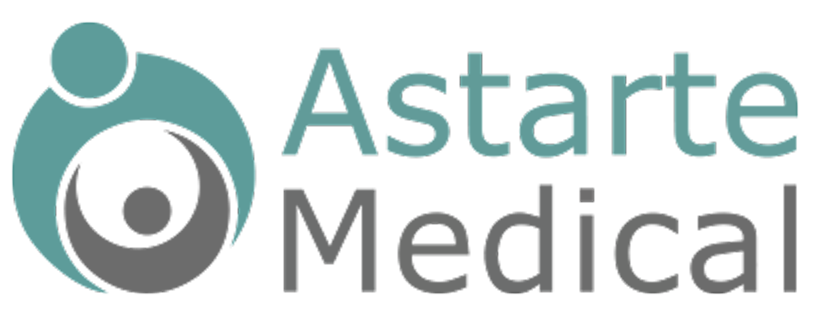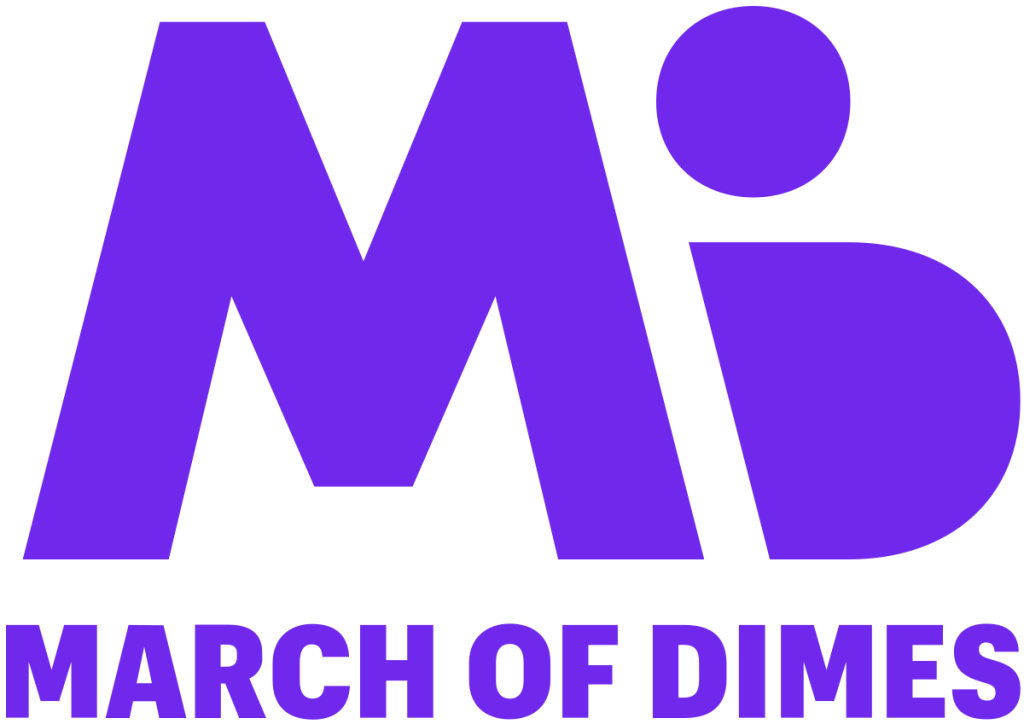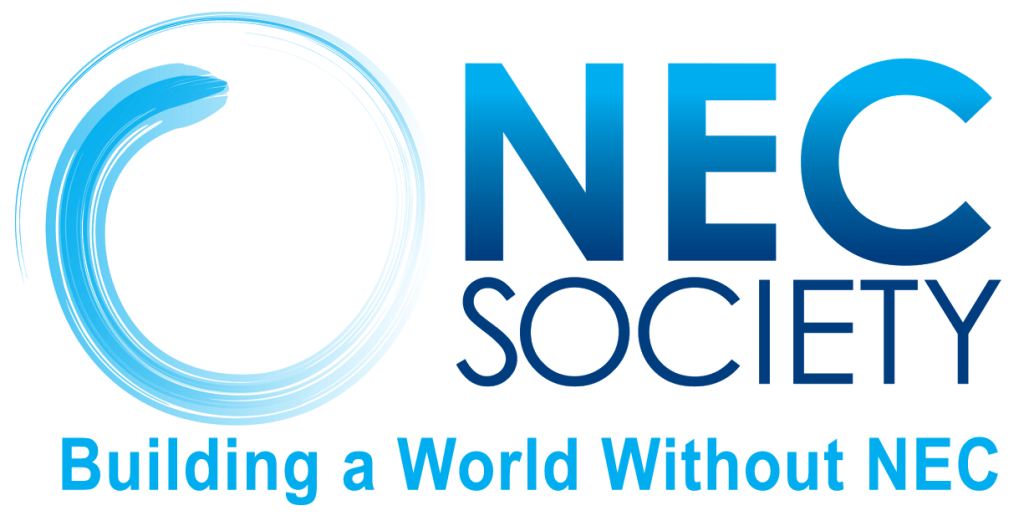CHNC Annual Symposium
November 1-3, 2021
Background
Inadequate nutrition early in life is a major contributor to poor growth and neurodevelopmental impairment among preterm infants. Hospitals collect vast amounts of patient data, which are stored in the electronic health record (EHR). However, when it comes to feeding and nutrition, clinicians lack the ability to optimally organize, visualize and learn from the data to make more informed care decisions. EHR implementation to support research and provide clinical decision support has not been realized. Rather, EHRs have created workflow disruption, do not guide clinical practice with real-time analytics, and result in a wealth of collected data that is not useful in the evolving care of hospitalized patients. A novel approach to developing tools that harness data from the EHR for the purpose of monitoring and reporting on preterm infant feeding, nutrition, and associated clinical outcomes is urgently needed.
Purpose
The purpose of this work is to provide the clinical team with a digital tool that analyzes feeding and nutrition data directly from the EHR and displays real-time metrics, milestones, and associated outcomes. The data generated by this tool will be useful to the clinical team in managing clinical practice and guiding quality improvement initiatives.
Methods
A .NET application collects feeding data directly from the EHR using secure, FHIR APIs, a standard for exchanging PHI. JavaScript frameworks are used to interpret and present data to the user in an intuitive, user-friendly visual display. Development of this interface has been informed by reviewing literature and working with experts in nutrition.
Results
This EHR-integrated solution provides longitudinal granular-level data on feeding and nutrition metrics and milestones, such as return to birth weight, days to first enteral feed, days to first fortification, days to full feed, and growth velocity. The type of data fields collected include enteral feeding type and volume, fortification, parenteral and oral nutrition volumes, and anthropometric measurements. It also evaluates adherence to nutrition guidelines by automating a hospital’s own feeding protocol and correlating variations in clinical practice to growth outcomes. These insights can be applied to historical data to provide benchmarking for different feeding strategies or to measure the effectiveness of quality improvement programs. Filters provide for the data to be displayed in any number of ways, for example by gestational age cohorts or using date ranges. Visualization of this data can highlight certain metrics that need improvement, compare outcomes across different protocols or feeding strategies, and help educate clinicians on best practices.
Conclusion
Implementation of software that harnesses the data entered into the EHR so that it may inform the assessment of feeding practices and evaluate the effectiveness of nutrition-related quality improvement programs will lead to better patient care outcomes among preterm infants and optimize resource utilization in the NICU.
Gregory1, D. Genetti2, L. Butler2, T. Jantzen2
1Brigham & Women’s Hospital and Mass General Brigham Health System, 2Astarte Medical




